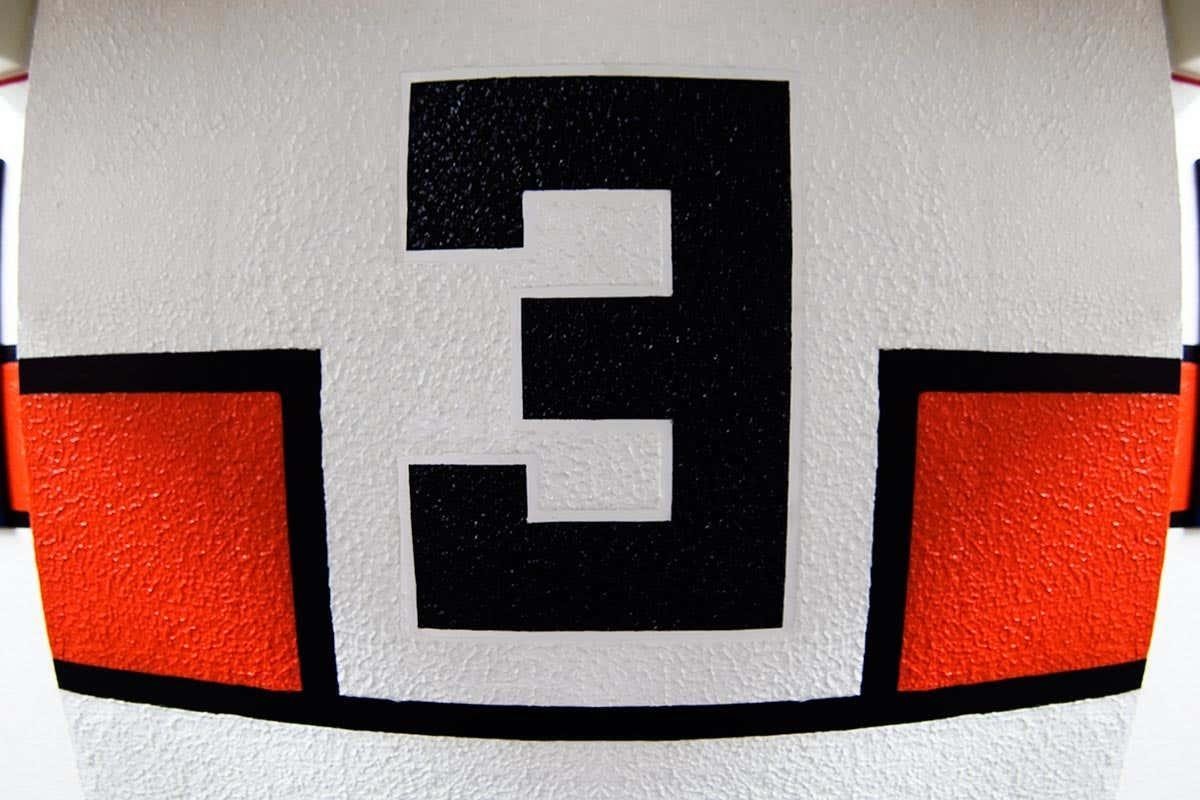Third time’s a charm: just weeks after cracking an elusive problem involving the number 42, mathematicians have found a solution to an even harder problem for the number 3.
Andrew Booker at Bristol University, UK, and Andrew Sutherland at the Massachusetts Institute of Technology have found a big solution to a maths problem known as the sum of three cubes.
The problem asks whether any integer, or whole number, can be represented as the sum of three cubed numbers.
There were already two known solutions for the number 3, both of which involve small numbers: 13 + 13 + 13 and 43 + 43 + (-5)3.
But mathematicians have been searching for a third for decades. The solution that Booker and Sutherland found is:
5699368212219623807203 + (-569936821113563493509) 3 + (-472715493453327032) 3 = 3
Earlier this month, the pair also found a solution to the same problem for 42, which was the last remaining unsolved number less than 100.
To find these solutions, Booker and Sutherland worked with software firm Charity Engine to run an algorithm across the idle computers of half a million volunteers.
For the number 3, the amount of processing time was equivalent to a single computer processor running continuously for 4 million hours, or more than 456 years.
When a number can be expressed as the sum of three cubes, there are infinitely many possible solutions, says Booker. “So there should be infinitely many solutions for three, and we’ve just found the third one,” he says.
There’s a reason the third solution for 3 was so hard to find. “If you look at just the solutions for any one number, they look random,” he says. “We think that if you could get your hands on loads and loads of solutions – of course, that’s not possible, just because the numbers get so huge so quickly – but if you could, there’s kind of a general trend to them: that the digit sizes are growing roughly linearly with the number of solutions you find.”
It turns out that this rate of growth is extremely small for the number 3 – only 114, now the smallest unsolved number, has a smaller rate of growth. In other words, numbers with a slow rate of growth have fewer solutions with a lower number of digits.
The duo also found a solution to the problem for 906. We know for sure that certain numbers, such as 4, 5 and 13, can’t be expressed as the sum of three cubes. There now remain nine unsolved numbers under 1000. Mathematicians think these can be written as the sum of three cubes, but we don’t yet know how.
For more such insights, log into www.international-maths-challenge.com.
*Credit for article given to Donna Lu*


